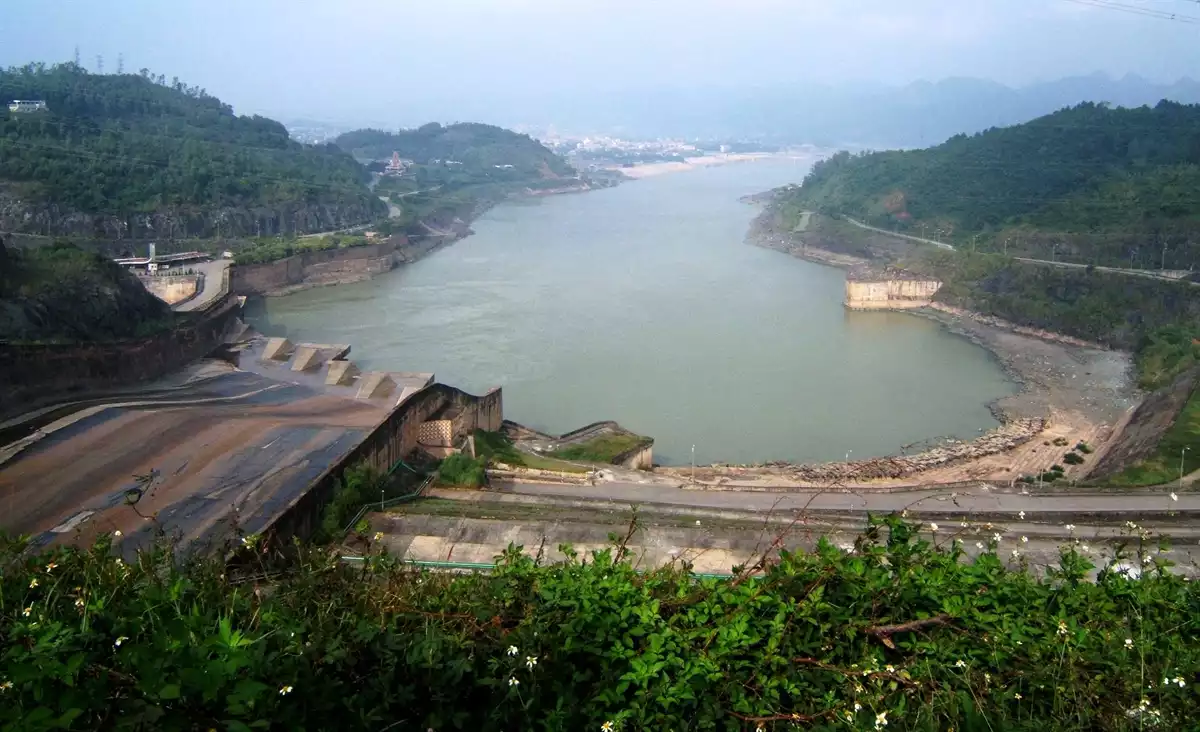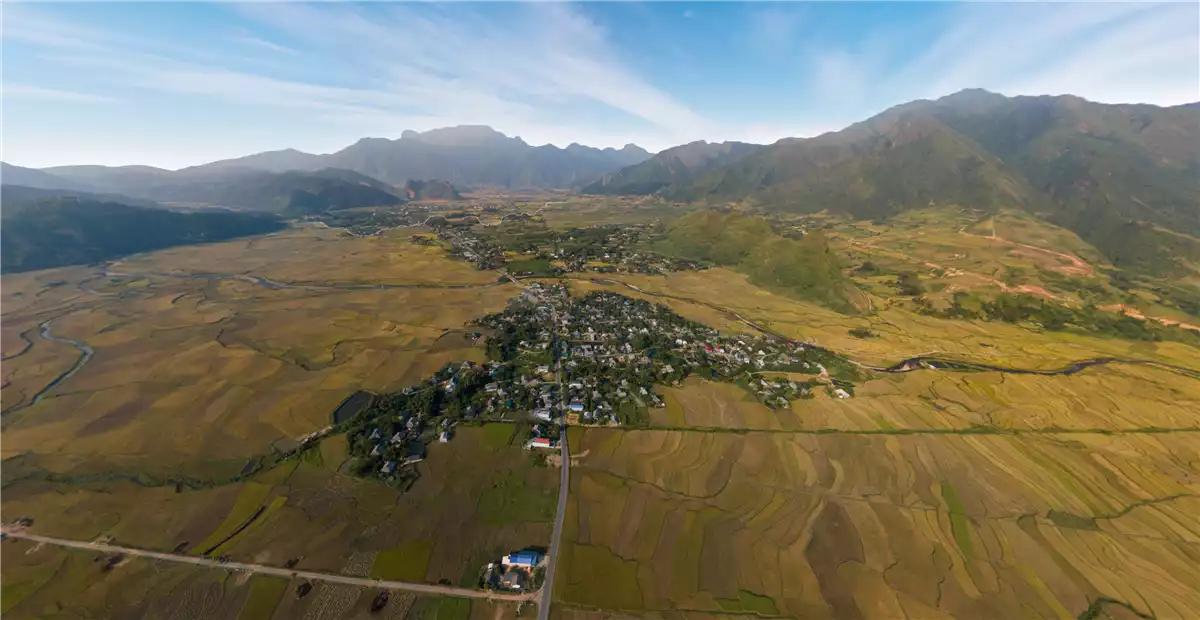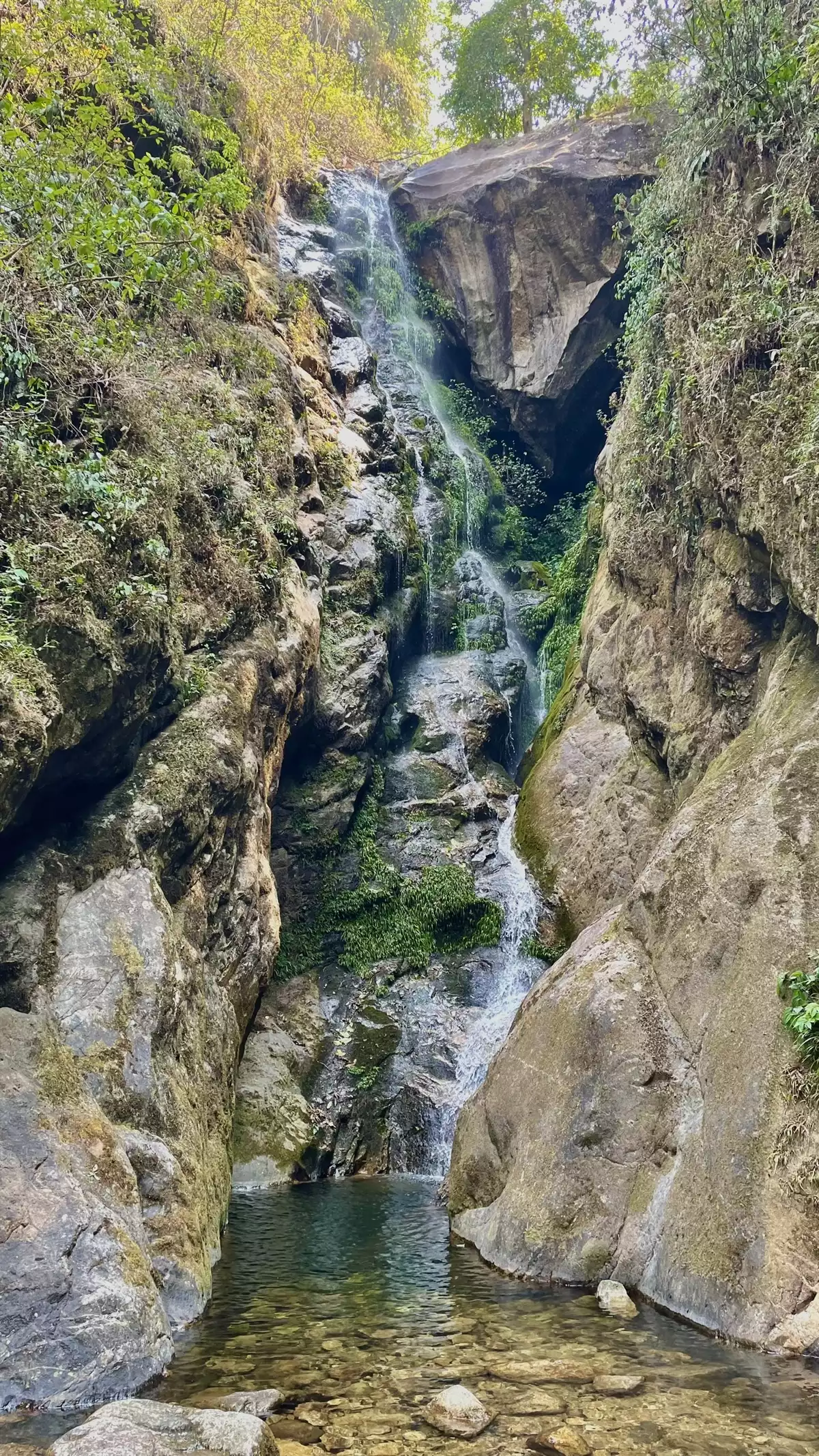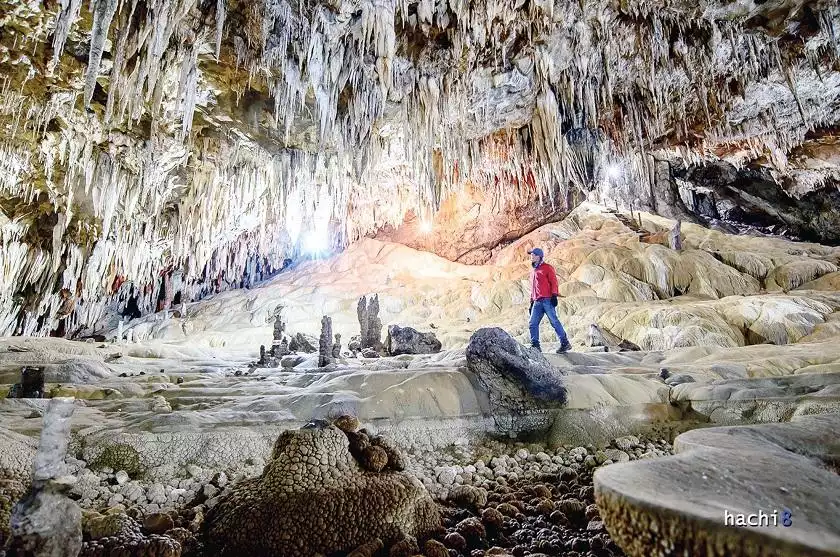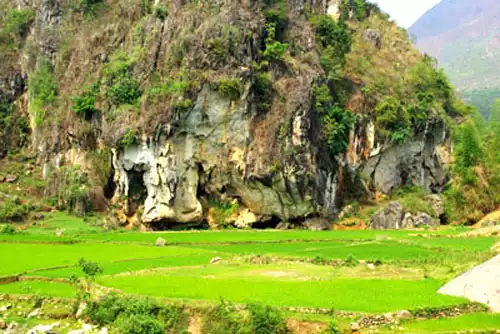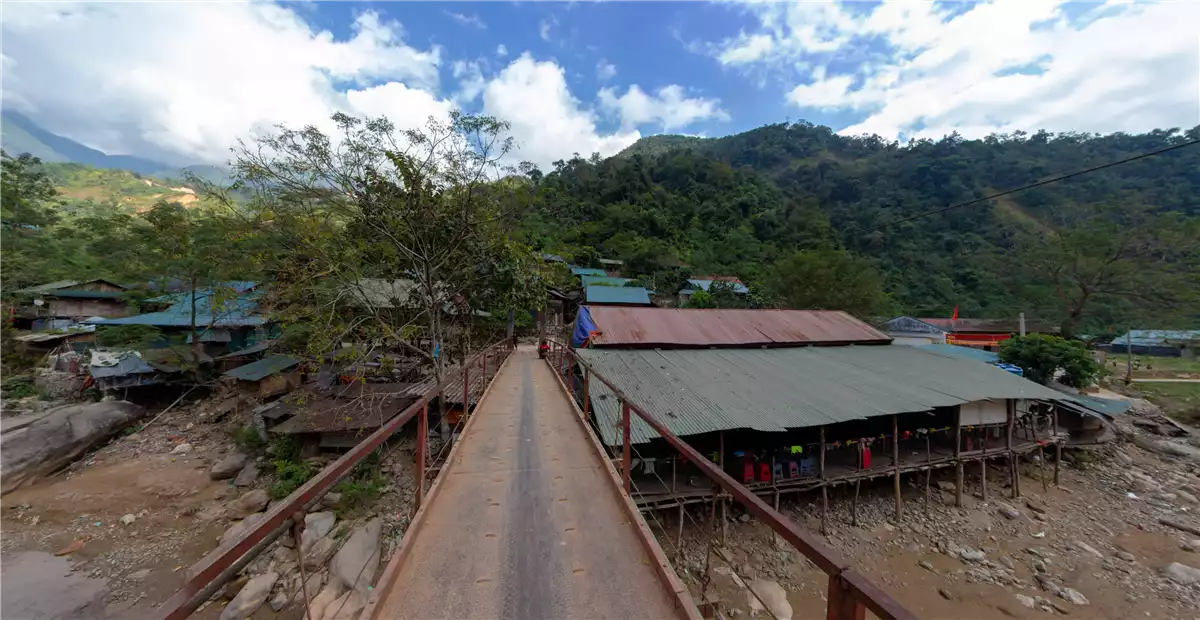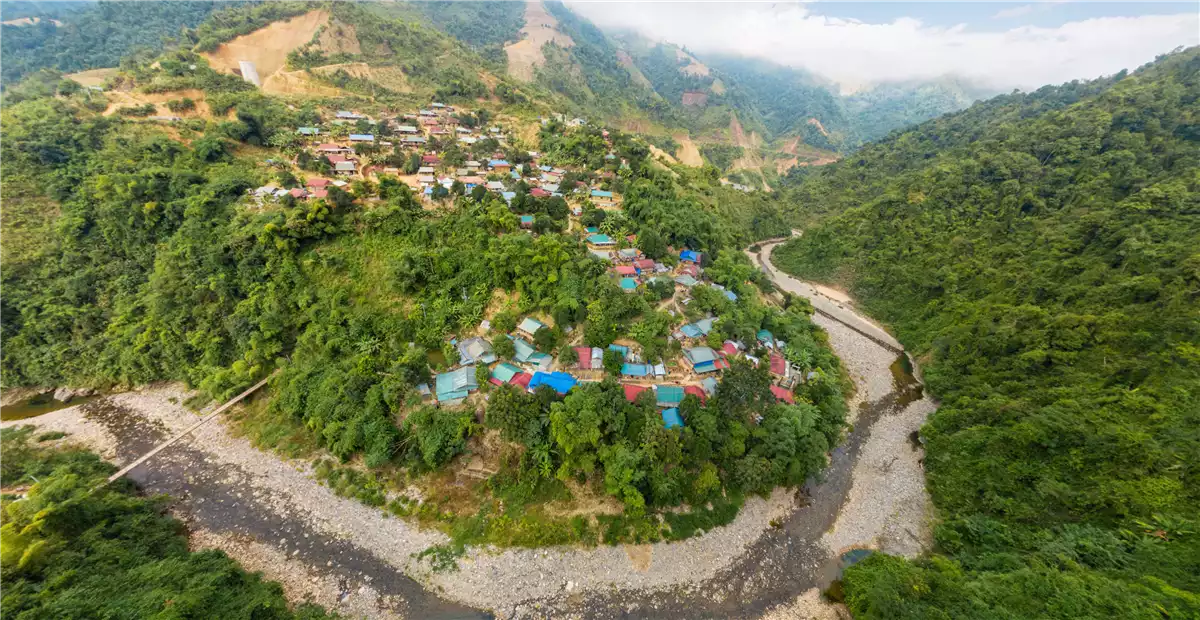Places
Archaeological site of Tham Dan Che
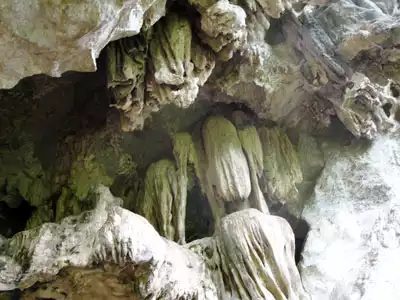
The archaeological site of Tham Dan Che (Muong Kim commune, Than Uyen district) was discovered by the Institute of Archeology and Provincial Museum in 2010. The locals call this cave Tham Dan Che because it means "Tham Dan Che" in Thai language. Paper stone cave”. The site is the cradle of the development and the long-standing residence of the ancient Vietnamese people, an extremely important source of historical data contributing to the study of human origins and the oldest human cultures on the territory of Vietnam. Vietnamese territory.
The archaeological site of Tham Dan Che is composed of a system of 3 main caves and many small caves linked together around the Dan Che limestone mountain range. In the system of caves and stone roofs of the site, fossil animal remains and stone tools of prehistoric people have been discovered.
In the main cave system, there is a dome-shaped east-facing door, the average ceiling height is from 7m - 10m, the average depth of the cave is from 12m - 15m. The two sides of the cave wall and in front of the cave entrance have sedimentary blocks containing animal fossils. The cave floor consists of 2 levels, many tools of prehistoric people have been found. Regarding the paleontological relics, sediments on the ceiling and walls of the cave have been discovered with a high density of fossils of mammals such as elephants, rhinoceros, pigs, and buffaloes. In particular, almost complete remains of a reptile were found here. This is a rare case in Vietnam. The complex of relics found in the Tham Dan Che cave system shows that this is an ancient - paleontological fossil relic with many different stages.
The red sediments contain animal fossils that may be of late Middle Pleistocene age, equivalent to the age of Tham Khuyen and Tham Hai caves (Lang Son), where the remains of Homo erectus were found. 500,000 years ago today.
The yellow sediments containing animal fossils may be of late Pleistocene age, dating from several thousand years, equivalent to the age of cave relics: Tham Hai (Yen Bai), Tham Om (Nghe An) and Trang Village (Thanh Hoa). These ruins have found early Homo sapiens, aged between 80,000 and 60,000 years ago.
The relics found in the Post-Plei stocene sediments, deep under the stalactite, have not been excavated, but crudely hewn pebble tools show pre-Hoa Binh elements, equivalent to late Son Vi and Hoa Binh. early, dating back to the present day several thousand years.
It shows that since ancient times, Than Uyen land in general and Muong Kim area in particular had an extremely favorable position for the residence of ancient Vietnamese people, right from the Ly Dynasty in the 11th century, Than Uyen belonged to Muong. Tien, Chau Dang; In the Late Le - Than Uyen dynasties with small Muongs (Muong Kim, Muong Than, Muong Cang) belonging to Chieu Tan Chau, An Tay government in Hung Hoa province. Especially, this land was once the seat of the vast Chieu Tan continent starting in 1851 under King Tu Duc in the fourth year - Nguyen Dynasty.
The archaeological site of Tham Dan Che is located in a particularly important geographical position in the tourism development master plan of Lai Chau province. This is an area with beautiful and attractive natural landscape at the foot of the majestic Hoang Lien Son range and belongs to the protection forest area of Nam Mu river headwater. In addition, the Dan Che mountain range where the site is located is still adjacent to Highway 32, the southeast gateway of Lai Chau province and located on the tourist route of the Huoi Quang - Ban Chat hydropower reservoir in the future. In the cave system, many stalactites and stalagmites have been discovered with strange shapes.
Tham Dan Che is one of the particularly important archaeological relics in the paleo-fossil cave system in North Vietnam in general and Lai Chau in particular. The remains are intact, the density of fossils is high, the area is wide, along with animal fossils there are traces of human activities in prehistoric times, with many different development stages. This is the only cave relic that has enough information about the most ancient fauna of mankind in our country, both in the Middle and Late Canh Tan periods and cave archeological relics of the Paleolithic age. , new stone.
Along with the archaeological site of Nam Tun in Phong Tho district and the sites along the Da and Nam Mu rivers that have been excavated recently, the Tham Dan Che site is a particularly important site proving the land of Lai. Ancient Chau is also the cradle of the development and the long-standing residence of the ancient Vietnamese people, an extremely important source of historical data contributing to the study of human origins and the oldest human cultures on the planet. Vietnamese territory.
Contacts
- Muong Kim commune, Than Uyen district, Lai Chau province
 Tiếng Việt
Tiếng Việt English
English